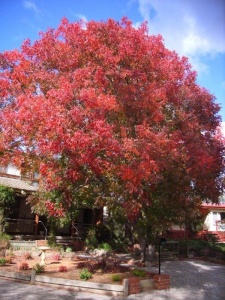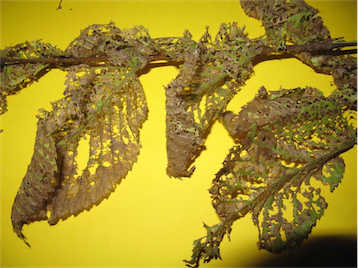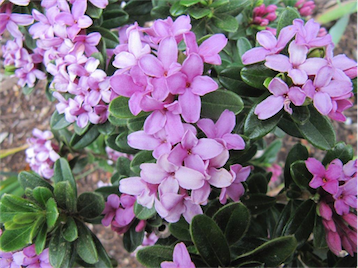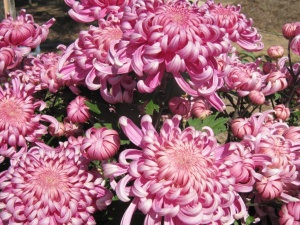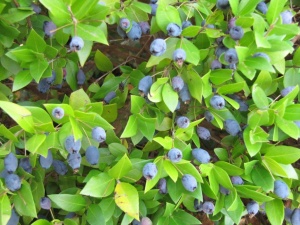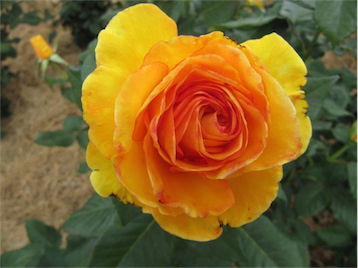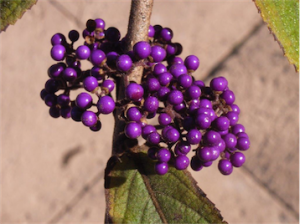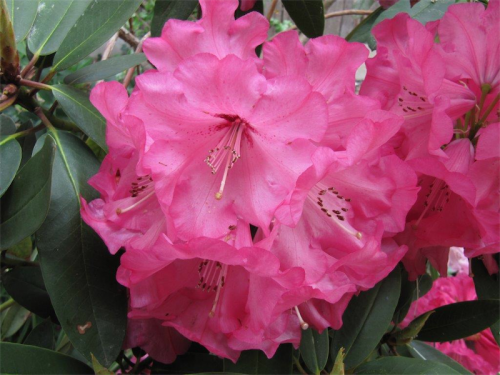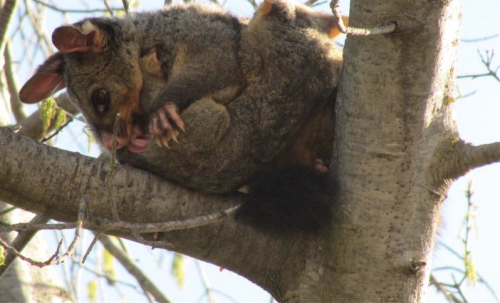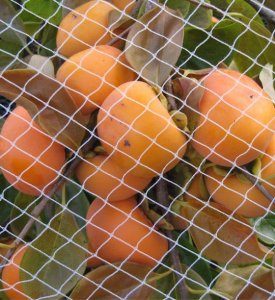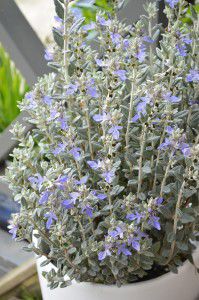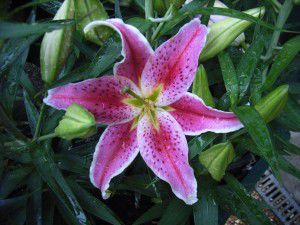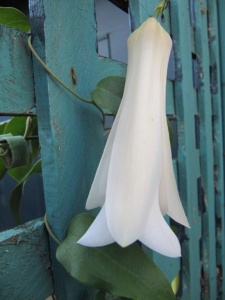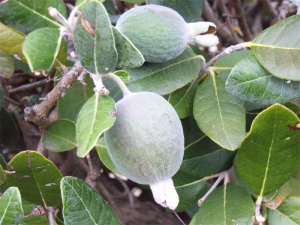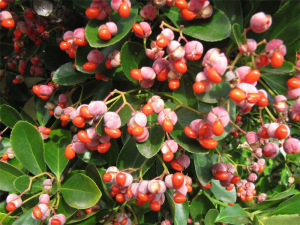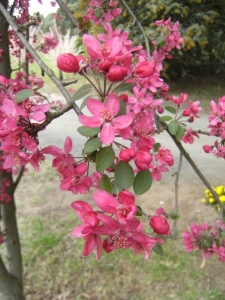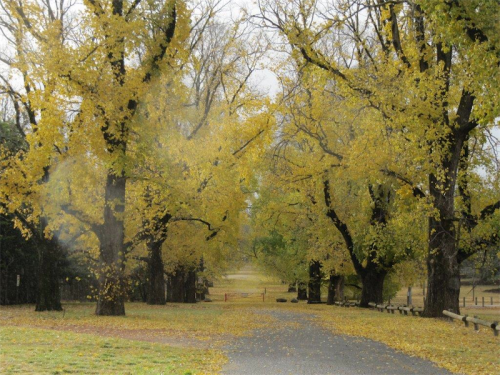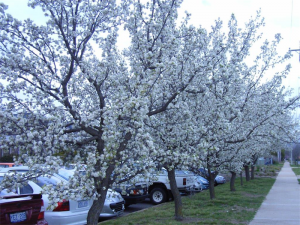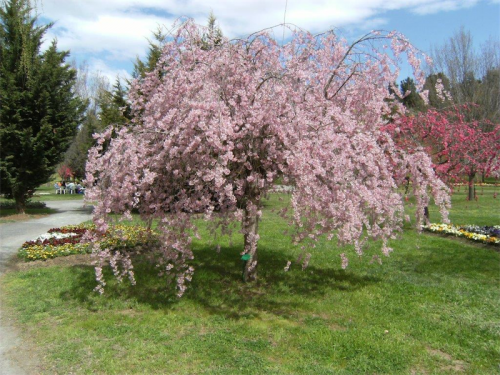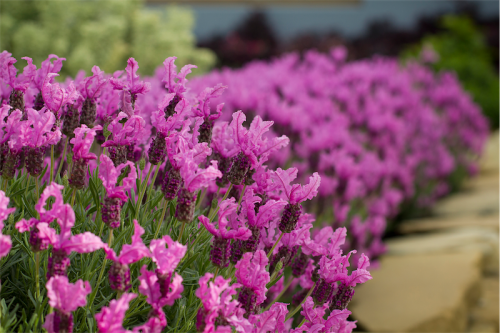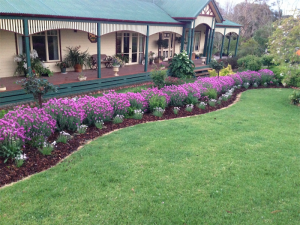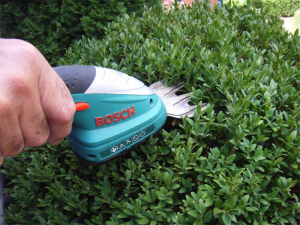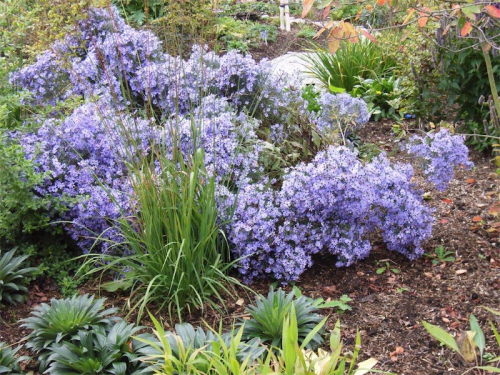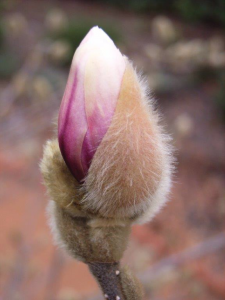AUTUMN is changeover time for annual plants, otherwise known as “bedding plants”.
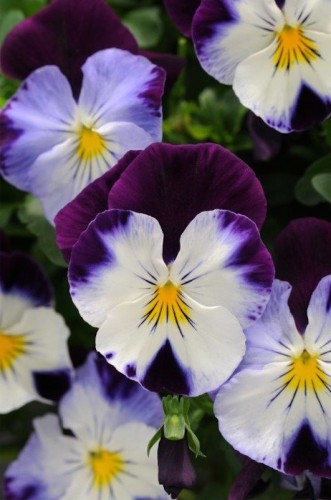
Oasis Pansy “Spreading Violet Wing’… great for ground cover with a spreading range to 60 centimetres.
A perfect example to brighten dull winter days is the new Oasis “Natural Beauty” range of pansies. Especially stunning are the new varieties of Pansy “Vivid”, which are due to arrive any day at local garden centres.
HOW soon the garden returns to colour (it takes about eight weeks from planting time to full flower) depends on how well you prepared the soil, feeding and watering.
Dig the soil over and, as it has most probably been feeding plants all summer, it will need a boost. Add certified organic Neutrog Seamungus – a combination of seaweed and chook poo – into the soil. Don’t overdo it; about a good handful per square metre combined with garden lime at the same rate. Work this into the soil about a week before planting. To encourage strong root growth, water the plants in with seaweed plant nutrient with my usual recommendation, “weakly, weekly”, ie a weak solution once a week.
I STILL get inquiries from readers confused about how deep to plant bulbs. Simply, plant the bulb with the same amount of soil over the top as the bulb is thick. As an example, daffodils are about 5cm thick, so plant the bulb with 5cm of soil over the top. This applies to all bulbs, so simple.
ONE of the other most common inquiries is: “My daffodils have been in for many years and now I get hardly any flowers”. What’s happened is that over time the bulbs have gradually got deeper into the soil. Usually with a combination of leaves, mulch etcetera. By the time the bulb struggles through to the surface spring is over! Also there is the effect of shade from trees that possibly were quite small when planted but keep the bulbs in too much shade.
Dig up the bulbs now and replant them in a sunny place after improving the soil as described above. It is important not to put fertilisers into the planting holes of bulbs, this includes chemical or organic fertilisers and fresh manures.
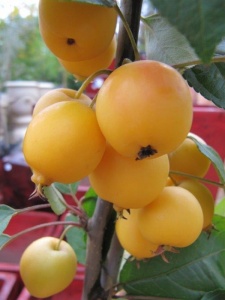
Malus “Golden Hornet” crabapple… the beauty with crabapples is they are virtually pest and disease free.
IT’S time to start replacing strawberries that may have been in the ground for three years or longer. Always buy “certified virus free” strawberries from your local garden centre rather than accepting plants from well-meaning friends. Never grown strawberries before? Help is at Cedfacts at cedricbryant.com
Jottings…
· Pieces of carpet thyme can be dug up from the big patch and replanted to fill gaps in the garden.
· Plant seedlings or sow seed of corn salad.
· Think daphnes and camellia sasanquas for winter colour.
· Keep rhododendrons and camellias well watered to ensure good bud formation.
· Move citrus in containers under cover to protect it from early frosts. Cover young citrus in the ground using four tomato stakes and hessian over the top and sides.
The post Gardening: Bedding down for winter appeared first on Canberra CityNews.




